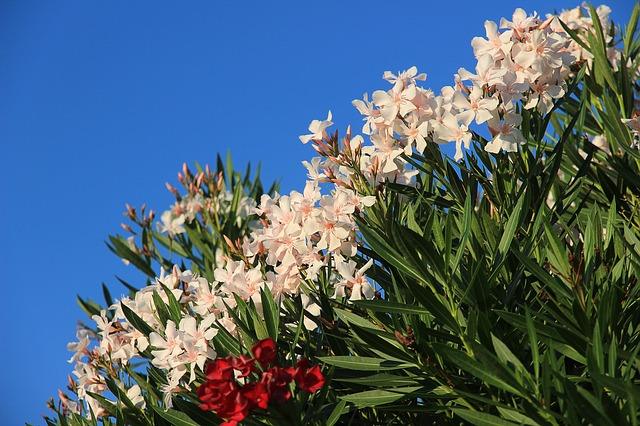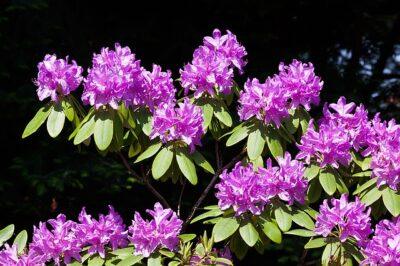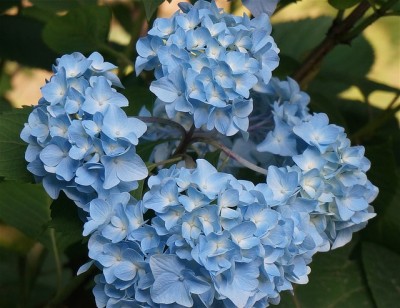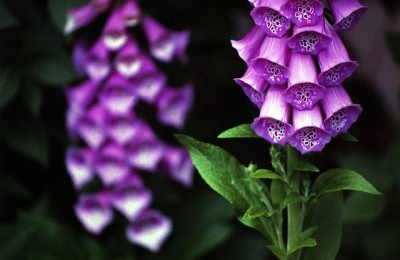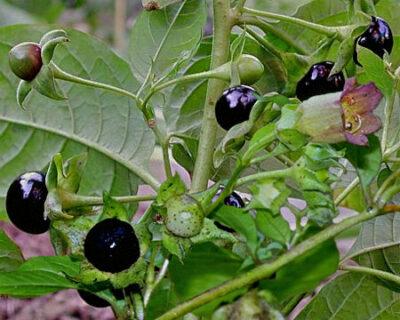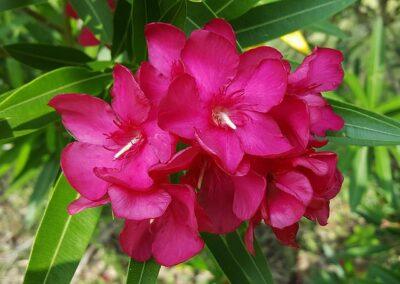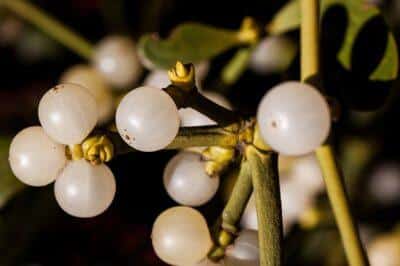It’s alarming to learn that some of the prettiest flowering plants are also the most toxic. Some are poisonous if ingested or eaten, and others can cause serious problems simply by being touched or smelled. This is of particular concern with small children, who often love to pick, smell and sometimes taste a flower.
Here are the top eight that we’ve found (beginning with the worst).
1. Water hemlock or spotted parsley(Cicuta maculata)
According to the USDA, the water hemlock is the most toxic plant growing in North America. It has small white flowers that grow like umbrellas in a cluster. It’s unlikely that you or anyone else would ever intentionally plant this flower. In fact, reputable nurseries and garden centers won’t sell it.
It commonly occurs in our gardens as a seed, carried by the wind from a field or prairie, and we admire its flower and delicate display. It can kill you in 15 minutes with severe seizures and convulsions if you eat it, resulting in cardiovascular collapse and asphyxia. If you find it in your garden, kill it! Get rid of it!
2. Rhododendron (Rhododendron ponticum)
A very common plant that we often put in our gardens. But if you eat any part of this plant, the response is immediate, beginning with drooling, tearing, vomiting uncontrollably and a gradual decrease in pulse rate and dangerously low blood pressure. A coma can follow, leading to violent seizures and potential death.
Diatomaceous Earth: The All-Natural Insect Killer!
On the bright side, they’re very pretty flowers.
3. Hydrangea (Hydrangea macrophylla)
This is a beautiful vine that grows great in shade and offers large flowers in blue, white and pink. Unfortunately, every part of it is poisonous. It has a poison called “hydragin,” which is a cyanogenic glycoside, and can be more poisonous than cyanide. If you or a child eats any part of this plant you can expect shortness of breath, dizziness, fainting, rapid pulse, a drop in blood pressure and convulsions.
4. Lily of the valley (Convallaria majalis)
My mother’s not going to like this one. She has Lily of the Valley all over her yard and loves it. I grew up picking these flowers and putting them in a small glass on the kitchen table, and Mom thought that was great. It’s not great. It’s toxic. Sorry, Mom. All parts are deadly, including the water that I used to place them into. Even the smallest bite can result in heart contractions, hot flashes, low pulse rates, red blotches and could cause coma and death. Yikes!
5. Foxglove (Digitalis purpurea)
Foxglove is a biannual plant. That means it only blooms in its second year after planting. It’s a tall plant with pretty, purple cup-like blooms. I planted this when I was very young and had no idea it could cause an instant heart attack.
The Latin prefix, “digitalis,” tells the story. An extract from this plant is actually used to treat ventricular fibrillation. Just sucking or nibbling on the plant can lead to an instant heart attack, especially with children. It’s grown clinically as a heart medicine. That’s okay because they know what they’re doing. The rest of us should not have this in our gardens.
6. Deadly nightshade (Atropa belladonna)
My granddaughter and I were picking black raspberries. Next to the raspberry patch was a small plant with beautiful purple berries. My granddaughter said, “Wow, look at these!” I shouted and pulled her away. She started to cry. I hugged her and then explained to her how poisonous these berries actually were.
In fact, the nightlock berries at the end of the first Hunger Games movie were inspired by deadly nightshade or “belladonna.” Every part of the plant is absolutely poisonous. If you eat a few berries, you could lose the ability to speak due to paralysis in your throat. Respiratory distress soon follows, in addition to violent convulsions and eventual death.
No one plants these in their backyard, but they are common everywhere and can easily find their way to your yard and garden. Don’t waste a second admiring their pretty and delicate purple flowers and iridescent purple berries. Dig them out by the roots and burn them!
7. Oleander (Nerium oleander)
Many of us plant this with abandon due to its fragrant white buds and its dark green leaves. It’s a very popular ornamental shrub. It also has enough toxins on a leaf to kill an infant or toddler. In fact, even a sniff of the flower can induce serious symptoms.
The entire plant is poisonous, and ingesting any part of it leads to vomiting, diarrhea, circulatory problems, seizures, failure of the central nervous system, and tremors leading to coma and death. For my money, the pretty flowers aren’t worth the risk.
8. Mistletoe (Phoradendron flavescens)
No one plants mistletoe. It’s a parasitic plant that shows up in various trees and uses the tree to nourish its growth. It’s popular at Christmas. It has sticky, white berries. They’re absolutely poisonous. In fact, the entire plant is poisonous.
Symptoms of mistletoe poisoning include abdominal pain, diarrhea, gastroenteritis — which is an inflammation of the stomach and small intestines — and cardiovascular collapse. Pets are especially at risk around this plant, especially if it has emerged from the base of a tree.
If you need an excuse to exchange a kiss at Christmas, skip the mistletoe.
What would you add to this list? Share your knowledge in the section below:
 Off The Grid News Better Ideas For Off The Grid Living
Off The Grid News Better Ideas For Off The Grid Living

